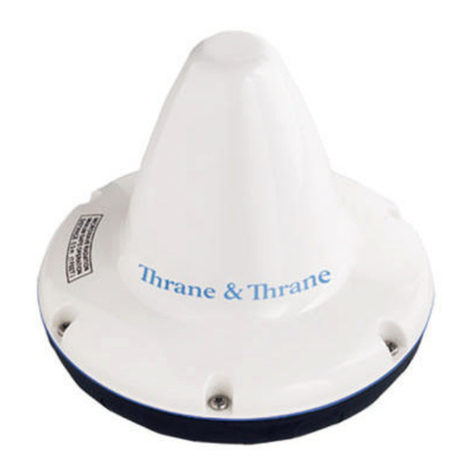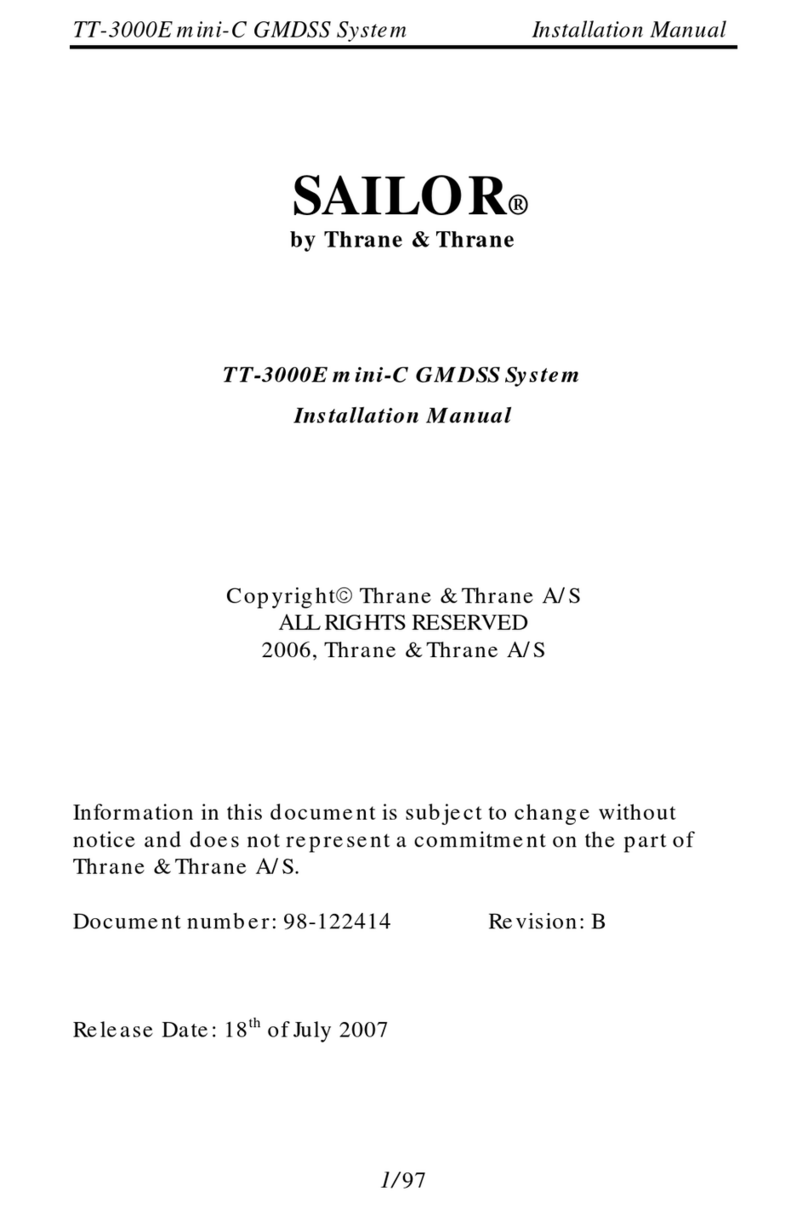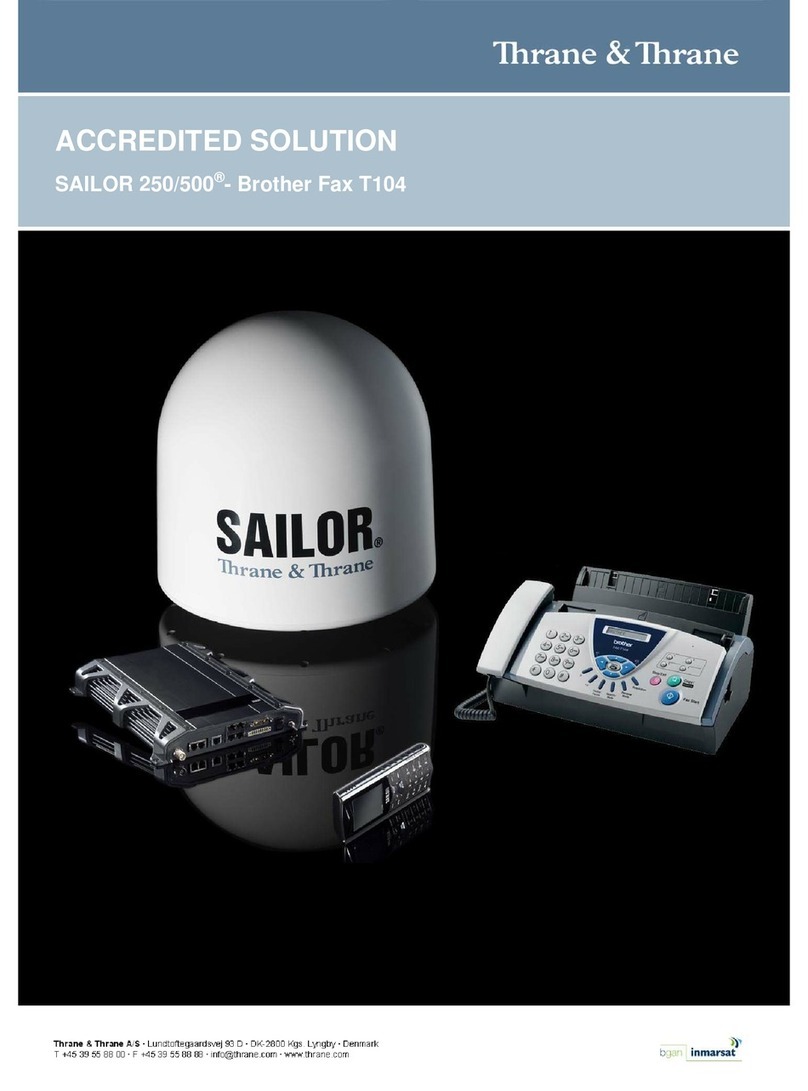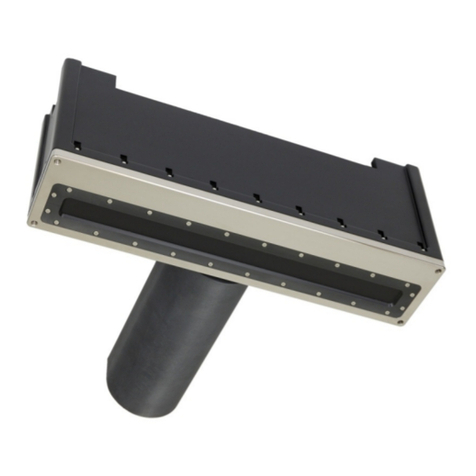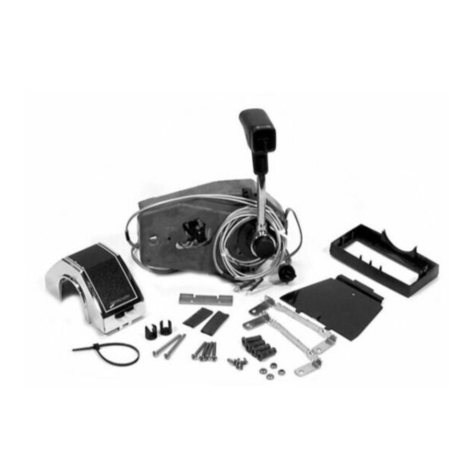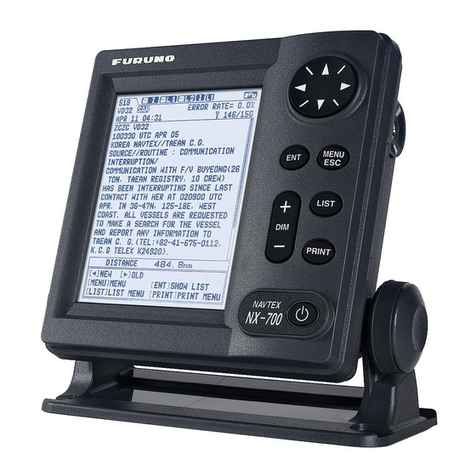
Disclaimer
Any responsibility or liability for loss or damage in connection with the use of this
product and the accompanying documentation is disclaimed by Thrane & Thrane. The
information in this manual is provided for information purposes only, is subject to
change without notice and may contain errors or inaccuracies.
Manuals issued by Thrane & Thrane are periodically revised and updated. Anyone
relying on this information should acquire the most current version e.g. from
http://www.thrane.com or from the distributor.
Thrane & Thrane is not responsible for the content or accuracy of any translations or
reproductions, in whole or in part, of this manual from any other source.
Copyright
© 2010 Thrane & Thrane A/S. All rights reserved.
GPL notification
The software included in this product contains copyrighted software that is licensed
under the GPL/LGPL. A copy of those licenses is included in this document in the last
appendix. You may obtain the complete corresponding source code from us for a period
of three years after our last shipment of this product, which will be no earlier than <date
of last shipment plus 3 years>, by sending a money order or check for DKK 50 to:
SW Technology/GPL Compliance,
Thrane & Thrane A/S,
Lundtoftegaardsvej 93D
2800 Lyngby
DENMARK
Please write "source for product SAILOR 3027 GMDSS Terminal" or "source for product
SAILOR 6006 Message Terminal" in the memo line of your payment.
You may also find a copy of the source at http://www.thrane.com/foss.
This offer is valid to anyone in receipt of this information.
Warranties
Any attempt to install or execute software not supplied by Thrane & Thrane on the
devices in this system will result in the warranty being void. Any attempt to modify the
software on these devices in a way not specified by Thrane & Thrane will result in the
warranty being void.
